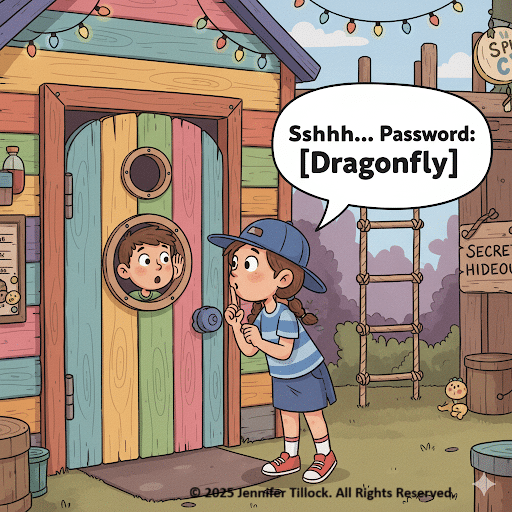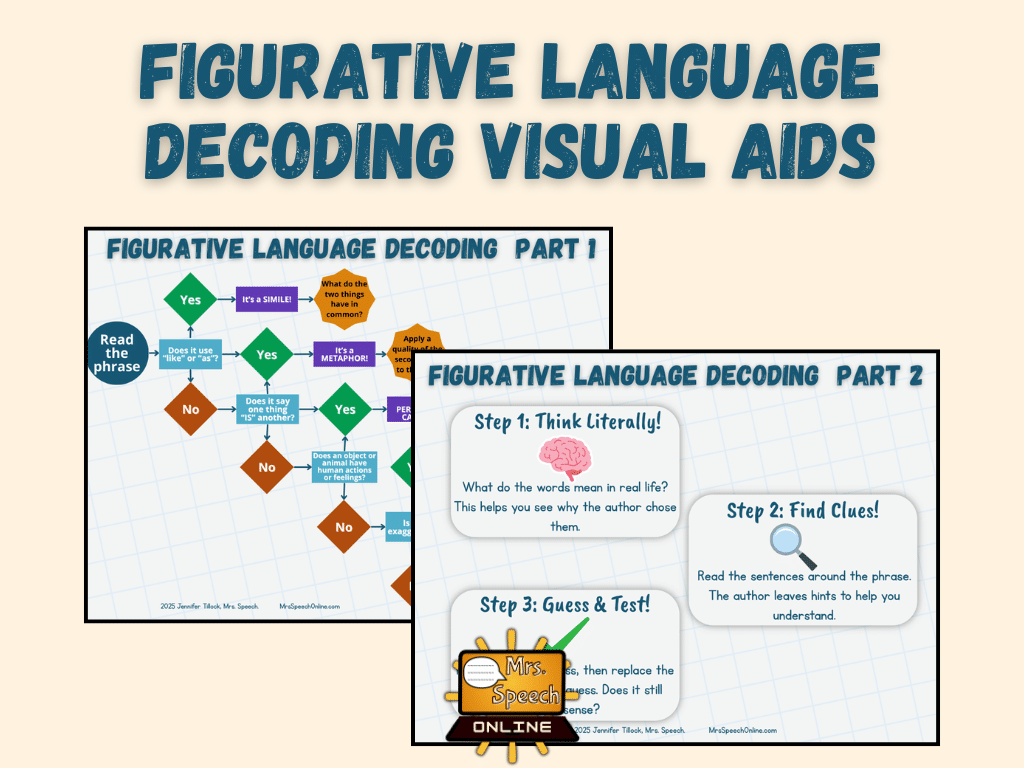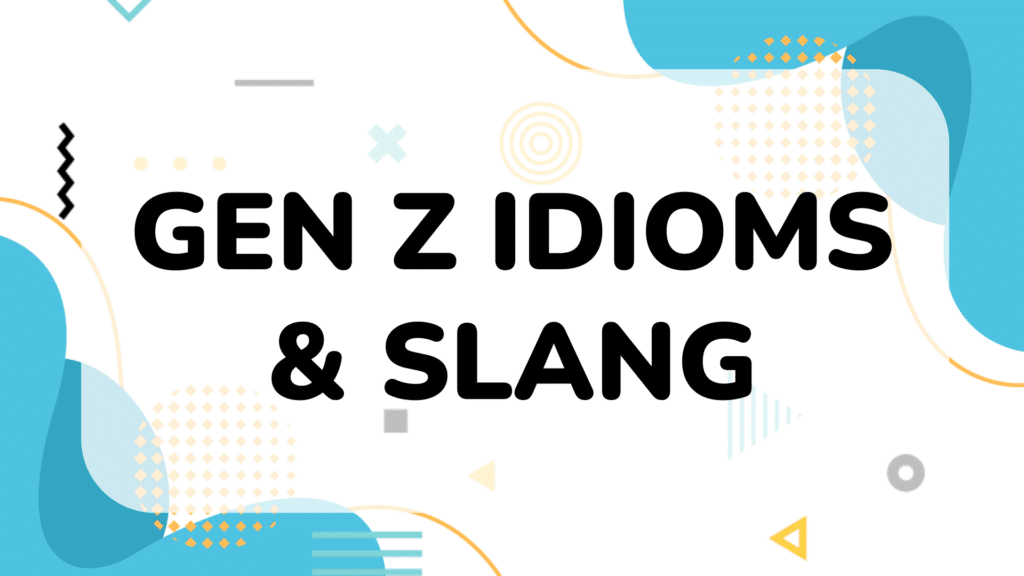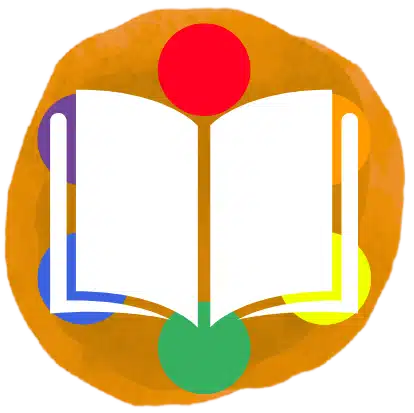What are we really teaching?
Picture this: You’ve been teaching idioms non-stop, patting yourself on the back because your students just learned ‘Spill the beans.’ Moments later, they’re on TikTok asking ‘It’s giving what?’ or saying ‘No cap.’ Are we truly equipping them for the language they live in?
While I love the idioms from yesteryear, such as all the lovely sayings from Aesop’s fables, you don’t hear them much in everyday life. The majority of students haven’t even been exposed to Aesop’s fables beyond a story or two.
Try listening in at a restaurant some time, especially to a group of younger people, or reading song lyrics from a popular new song. I imagine the older you are, the less you’ll recognize their figurative language. If they don’t hear it in their lives, why are we pushing it? Have you ever asked them “Have you heard this before?” I have, and I usually get a baffled shake of the head.
Language is a living, breathing thing. It’s constantly evolving, shedding old phrases and creating new ones. We sometimes have to let go of the old and accept the new. That means it’s time to ask a crucial question: Why are we even bothering with teaching idioms in the first place?
The True “Why”: Understanding Non-Literal Language, Not Memorizing a Secret Code

When we teach idioms to students, our primary goal shouldn’t be to have them memorize a fixed list of phrases as if they were secret codes for an exclusive club. (Honestly, whose club would they be codes to? Grandma’s bridge club?) If our aim is simply rote memorization, we’re missing the point entirely.
The real “why” behind idiom instruction is far more profound: to foster a robust understanding of non-literal language.
Benefits of Understanding Non-Literal Language
- Inferencing and Abstract Thinking: Understanding idioms requires moving beyond the concrete and literal. It builds critical thinking skills necessary for comprehending metaphors, sarcasm, humor, and complex social cues.
- Social Communication: So much of human interaction relies on implied meanings and figurative speech. A student who struggles with non-literal language might miss jokes, misinterpret intentions, or feel perpetually “out of the loop.”
- Reading Comprehension: Texts, even those for younger readers, are rife with figurative language. A strong grasp of non-literal concepts directly impacts reading comprehension and overall academic success.
- Language Flexibility: Understanding that words can have multiple layers of meaning makes students more agile and adaptable language users.
If our students are simply memorizing that ‘raining cats and dogs’ means heavy rain but don’t grasp the underlying concept that words can take on completely new meanings when combined, or how to figure them out, we’re not truly serving them. We’re giving them a fish for today rather than teaching them how to fish for a lifetime of language.
Why ‘Grandma’s Idioms’ Aren’t Cutting It Anymore
The challenge with focusing exclusively on teaching traditional idioms is their diminishing relevance. While culturally significant, phrases like ‘kick the bucket’ or ‘let the cat out of the bag’ are rarely encountered in the daily conversations, social media feeds, or digital interactions of today’s youth.
When we present students with idioms that feel foreign and disconnected from their world, we risk:

- Demotivation: Learning feels like an arbitrary chore rather than a relevant skill.
- Lack of Context: Without real-world exposure, the idioms lack natural context, making them harder to internalize and generalize.
- Inefficiency: Precious therapy and classroom time are spent on vocabulary that may never be actively used or encountered.
Of course, the classics still have their place. Learning to decode figurative language is a timeless skill. Consider exploring a time when language and culture were in a period of change, much like today.

My new Roaring Twenties Figurative Language Unit helps students decode the secret language of the Jazz Age with 60 slang terms and idioms. With differentiated slides for both younger and middle school students, this no-prep unit goes beyond a simple vocabulary list to connect language, history, and culture in a fun, engaging way.
Want to get a taste of this ‘cat’s pajamas’ of a unit?
As a newsletter subscriber, you can download a special PDF of 30 terms and their contextual use slides from the unit—perfect for a mini-lesson or a quick warm-up. Just fill out the form below to get instant access and join our community of language-loving SLPs and teachers!
The Solution to Understanding Figurative Language
Instead of teaching a list of static idioms, let’s empower our students, working alongside teachers and parents, to become idiom detectives! The goal is to identify, interpret, and understand the non-literal language they encounter every single day.
I propose creating a Living Idiom Dictionary—a dynamic, collaborative resource that evolves with the language our students actually use and hear. My Living Dictionary for Slang and Idioms is a free product that can help you get started.
How it Works:
- Spot It! Encourage students to listen for phrases they don’t understand, especially in casual conversations, TV shows, movies, social media, song lyrics, and video games.
- Capture It! When an unfamiliar phrase pops up, jot it down. This can be a physical notebook, a shared digital document, a whiteboard in the classroom, or a note on the fridge at home.

- Define It (Collaboratively)! This is the crucial step. Instead of just looking it up, discuss:What do the individual words mean literally?
- What do you think it means in this context?
- Where did you hear it? Who uses it?
- Work together (SLP/teacher/parent with student, or even peers) to figure out the non-literal meaning. Sometimes, a quick online search might be necessary to confirm.
- Contextualize It! Write down the idiom, its non-literal meaning, and an example sentence of how it’s used. Bonus points for drawing a literal and a figurative picture! Write down the idiom, its non-literal meaning, and an example sentence of how it’s used. Bonus points for drawing a literal and a figurative picture!
Teaching How to Decode Figurative Language

You can use my free Figurative Language Decoding Visual Aid to help students with the process of untangling the meaning of figurative language. This simple, two-page guide includes a figurative language decision tree and a 3-step decoding guide, turning students into language detectives.
Revisit and Revise: Language is constantly changing. This dictionary isn’t static. Encourage students to add new entries, refine definitions, and even note when certain phrases fall out of use.
This activity directly addresses the “why” of idiom instruction. It’s not about memorizing a secret code; it’s about actively engaging with the concept of non-literal language in a relevant, meaningful, and empowering way. It teaches them how to learn these phrases, rather than just what they mean.
Ready-to-Use Resources for Teaching Idioms
If you’re ready to dive into really exploring figurative language, my new Pirate’s Chest of Idioms & Slang: A Figurative Language & Vocabulary Resource is a fun way to engage students with over 50 entries, providing real-world usage examples and fascinating historical origins to set sail on a journey of language and history. (It’s also bundled with a companion product, The Real Pirates: Nonfiction Article & Differentiated Comprehension Questions, to create a truly comprehensive unit).


Don’t let the communication gap widen! My Gen Z Idioms & Slang resource is the ultimate tool to kickstart your own Living Idiom Dictionary. With 65 terms (130 slides!), this “no cap” resource goes beyond definitions to promote critical thinking and SEL discussions. It’s the only resource of its kind that crucially attributes the rich origins of slang from sources like African American Vernacular English (AAVE), Ballroom Culture, and Hip-Hop Culture.
If you’re ready for the ultimate toolkit, consider grabbing The Complete Non-Literal & Figurative Language Bundle. It’s a growing bundle that currently includes all five of my non-literal language resources, giving you a complete solution for modern and historical figurative language. You get a 30% savings over buying them individually, so you’ll be fully equipped to start your own Living Idiom Dictionary today!

The Glow-Up for Teaching Idioms
It’s time to let go of the old and embrace the ever-evolving language of today. The true goal of teaching idioms to students isn’t about rote memorization; it’s about giving them the tools to “fish” for a lifetime of effective communication. By cultivating a “Living Idiom Dictionary,” you’re not just teaching a lesson—you’re teaching a skill for life.
Are you ready to make the shift? Here’s your toolkit to get started:
- To Introduce the Concept: Grab the My Living Dictionary for Slang and Idioms freebie.
- For Instant, Engaging Lessons: Explore the Roaring Twenties or Gen Z Idioms & Slang resources. Don’t forget my FREE Figurative Language Decoding Visual Aids!
- For the Ultimate Solution: Get all five resources and 30% savings (with more value added as it is a growing bundle!) with The Complete Non-Literal & Figurative Language Bundle.
- To monitor progress beyond a simple right/wrong, refer to my post on Mastering the Art of Measurement: A Guide to Creating Rubrics in Speech Therapy.
Don’t forget to check out my Freebies Page for more FREE resources!
By focusing on relevant, modern idioms, you can truly equip your students with skills for a lifetime of effective communication. Start your Living Idiom Dictionary today!
Social Media Icons: designed by rawpixel.com – Freepik.com











